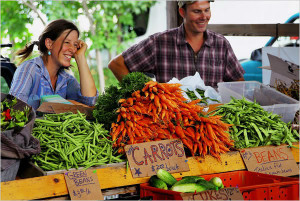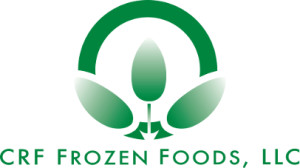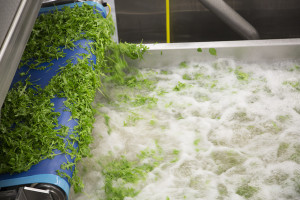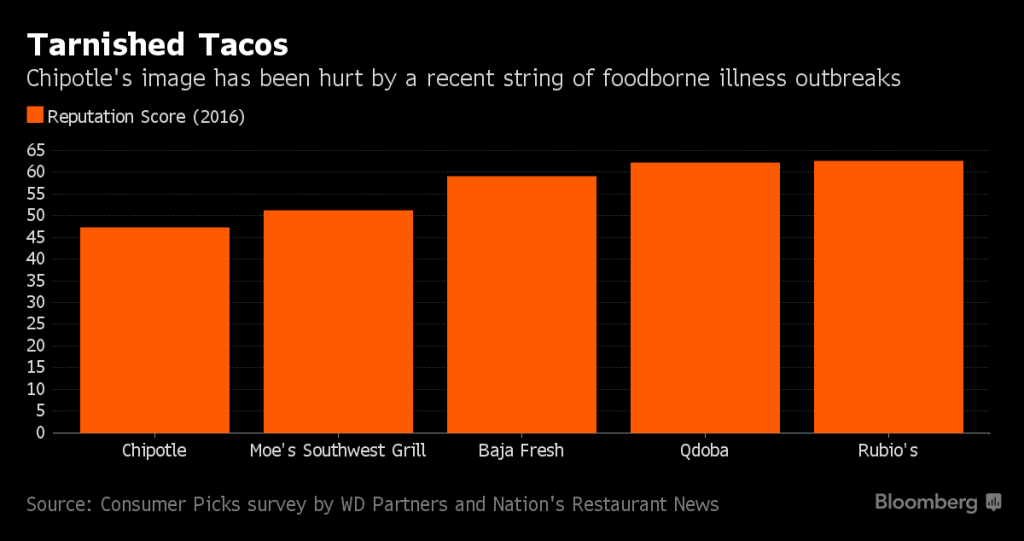Dole’s Springfield plant, source of an awful outbreak of listeriosis linked to over 30 illnesses and four deaths, had resident Listeria monocytogenes problem.
With illnesses stretching back to July 2015, confirmed through the amazing whole genome sequencing, the pathogen was hanging out somewhere.
Matt Sanctis of the Springfield News-Sun and I chatted yesterday about the FDA 483 reports posted by folks last week and we talked about environmental testing, best practices and what happens when a positive result is found.
There are lots of risk management decisions and trade offs in environmental sampling – where to test, what to look for, what to do when you find something – all of which United Fresh has fantastic guidance about.
The big questions that folks have are is Lm in the leafy green processing environment common? (yes – see here. And here. and here. And another Dole one. That’s just going back 2 years); should firms be testing food contact surfaces? (it’s complicated – depends why you are testing and what else you are looking for); and, did Dole react correctly when they found listeria in the environment nine times in 2 years (I dunno, there’s not a lot of info).
The idea of environmental sampling is to seek out residential Lm and get rid of it. To accomplish that, positive test results lead to further testing (closer to the product) and an investigation into the cause.
Internal tests at Dole showed positive signs of listeria as early as 2014, according to U.S. Food and Drug Administration inspection reports obtained by the Springfield News-Sun.
Dole performed swab tests at its Springfield facility that tested positive for listeria as many as nine times, beginning in July 2014, the inspection reports show. However the company continued to produce and ship products across the U.S. and Canada.
Dole confirmed Monday that it has been contacted by the U.S. Department of Justice as part of an investigation into its Springfield facility. A listeria outbreak there has been linked to four deaths and several illness across the U.S. and Canada.
The FDA released the inspection reports Monday in response to Freedom of Information Act requests the News-Sun filed in January and March.
“Those FDA reports deal with issues at our plant that we have corrected,” said Bil Goldfield, a Dole spokesman. “We have been working in collaboration with the FDA and other authorities to implement ongoing improved testing, sanitation and procedure enhancements, which have resulted in the recent reopening of our Springfield plant.”
It’s concerning the company continued to ship products after finding several positive samples of listeria over a span of more than a year, said Bill Marler, a food safety attorney based in Seattle. Marler represents the family of Kiki Christofield in their lawsuit against Dole.
“The thing that is concerning to me is you’re finding listeria repeatedly over a long period of time,” Marler said. “It’s less of an issue of should they have told the FDA. It’s more of an issue of should they have shut down their facility and gotten a handle on why they continue to have an ongoing listeria problem?”
“The finished product sample, as well as the in-process sub-samples collected from the water knife, the trans-slicer, and the metal tray beneath the cross-conveyor, all on Trim Line 1, were found by FDA laboratory analysis to be positive for Listeria monocytogenes,” the FDA report says.
Employees at Dole didn’t swab food contact areas for listeria, according to the inspection reports, instead swabbing various locations throughout the facility as close to food contact areas as possible.
More information is needed to determine whether Dole failed its duty to consumers or what steps it took after finding positive samples of listeria in its facility, said Benjamin Chapman, an associate professor and food safety specialist at North Carolina State University.
One key question the FDA reports don’t fully answer is whether the listeria samples were brought into the factory on a product like lettuce or whether it established a foothold within the facility, which Chapman said would be a more serious problem.
It’s also important to know what — if anything — Dole did to resolve the issue, he said.
“It’s not surprising there would be listeria there,” Chapman said. “What we don’t know is if those nine times they found it, whether it was transient or if it was resident. They might know that and they might not. It really depends on what they did further once they found those samples.”












